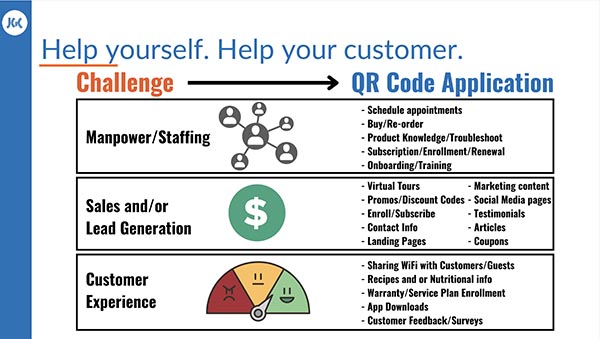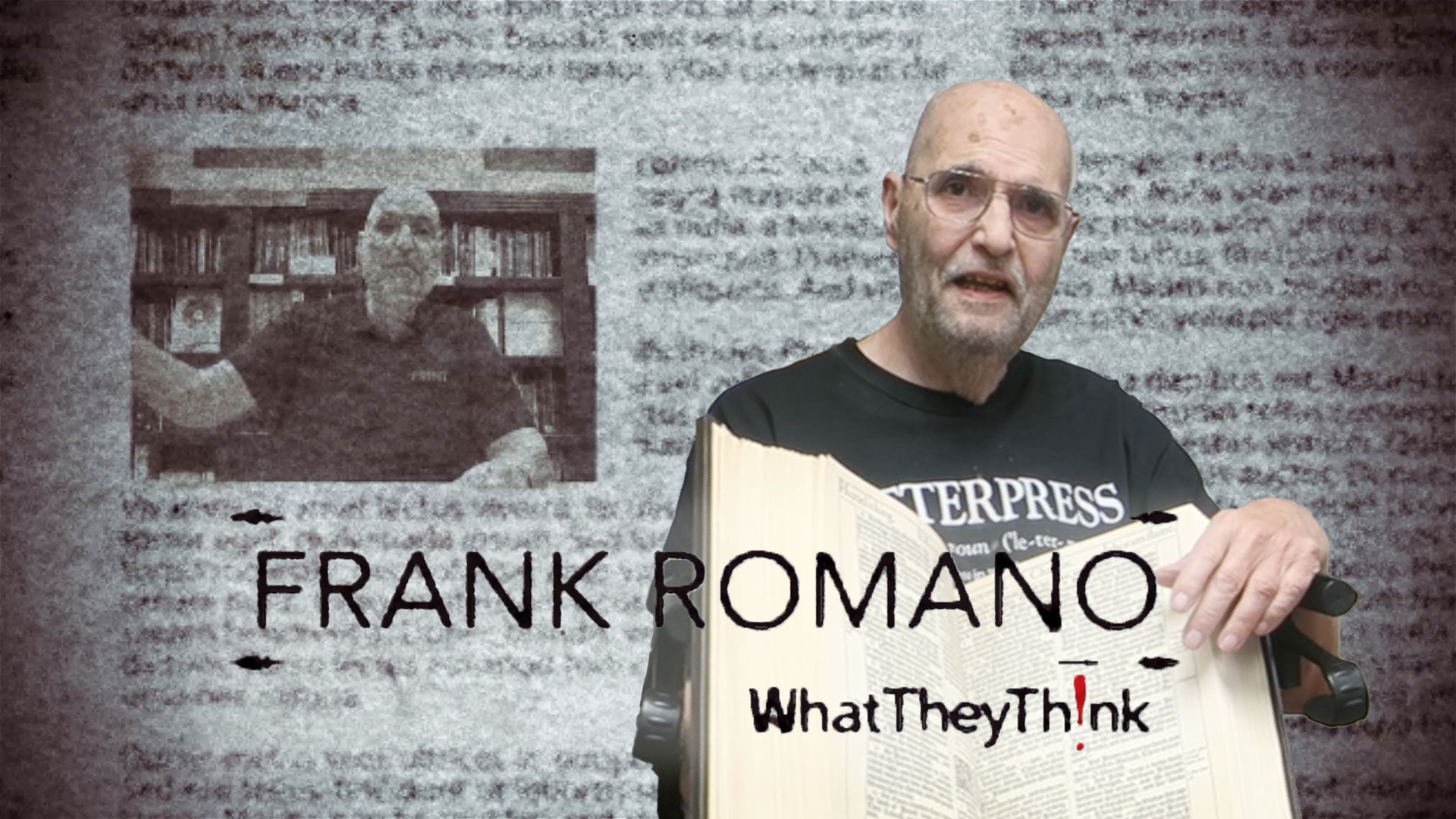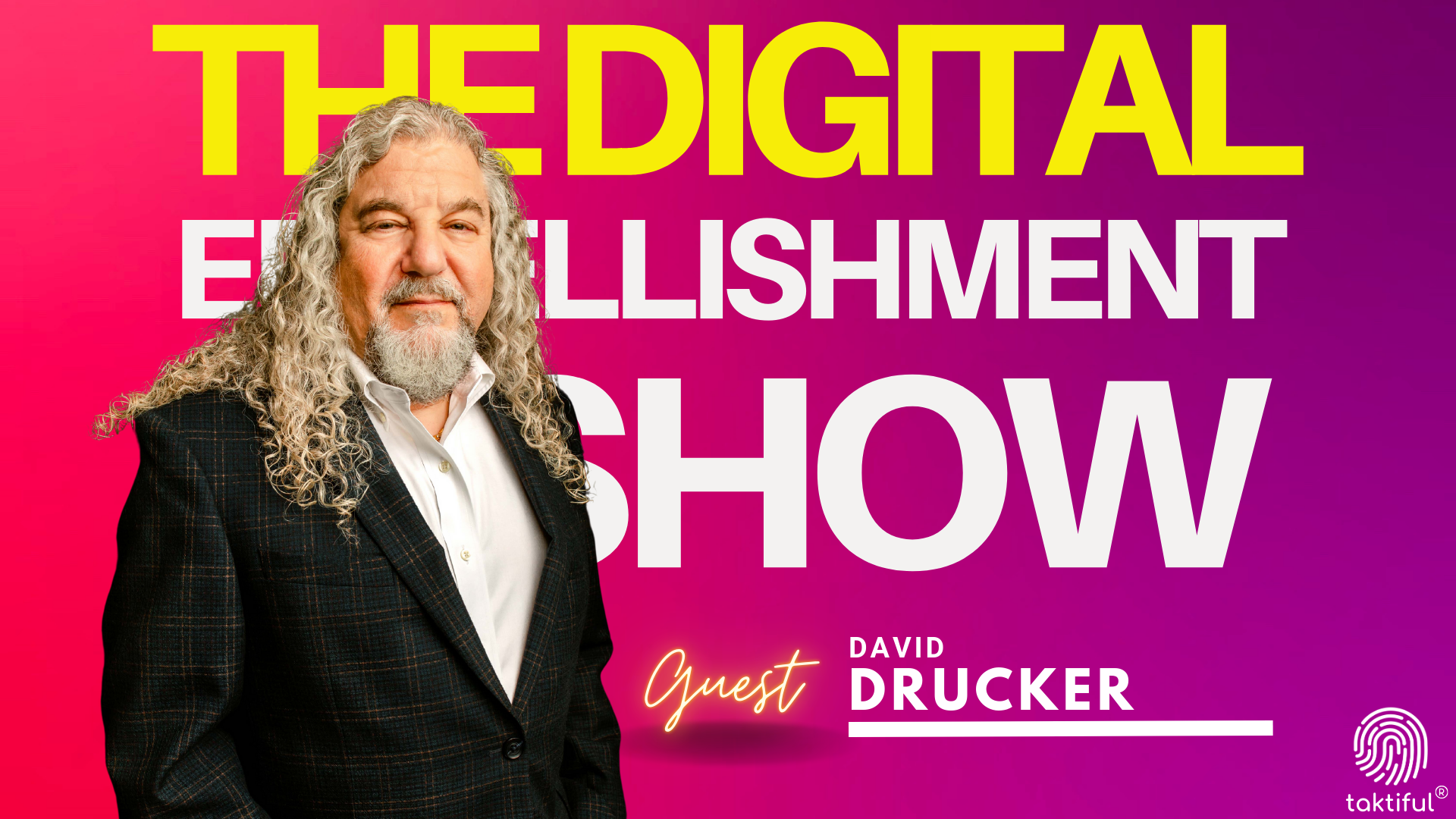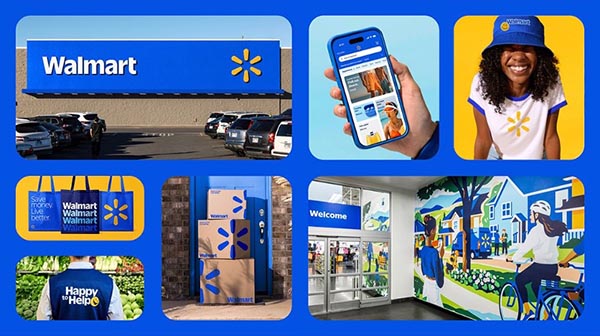If you missed the WTT’s August 24 webinar “Interactive Print: What’s Working in the Real World (2022),” you missed a volume of information. Moderated by Heidi Tolliver-Walker (aka “the QR Code Queen”) and featuring presenters Joanne Gore of Gore Communications, president of Joanne Gore Communications (New Market, Ont.) and Joe Zeff of Joe Zeff Design, (Pittsburgh, Pa.), the webinar looked at the dramatic change in the marketing landscape in which QR Codes have gone from misused novelties a normalized part of everyday life, as well as how, accessed through QR Codes, augmented reality is being used successfully in a growing number of marketing applications.
Tolliver-Walker opened with a nod to the impact of the COVID-19 pandemic, which normalized the use of QR Codes, especially as a doorway to augmented reality. “AR has been around for a long time, but it was primarily app based,” notes Tolliver-Walker. “It was used largely by the biggest companies and brands for doing brand-building, fan engagement, games, and things like that, but it was out of the bailiwick of smaller or mid-sized companies. With the recent emergence of WebAR (in which these experiences are viewed via QR Code rather than an app), however, it has become something that smaller mid-size companies and their clients can afford, and it has completely changed the landscape for marketers. AR is now relevant to the industry in a way that it never was before.”
Before turning the webinar over to the panelists, Tolliver-Walker presented several slides illustrating the power of AR in today’s marketing to influence shopping behavior. “Novelty is no longer driving these applications, especially AR,” she said. “The power of these applications is just due to the way the brain works—the neuroscience of AR. It results in 70% deeper memory encoding, which increases engagement and recall. There's also basic psychology of AR. When you engage in something at that level, you are more emotionally bonded to it, and you're more likely to make a purchase.”
Download the slides and all of the data points here.
Pandemic-Driven Changes
Tolliver-Walker then handed the presentation over to Gore, who reinforced the point that the pandemic drove the long-awaited widespread adoption that marketers had been waiting for. In large part, she said, because the need for touchless interaction drove marketers to design useful implementations that actually provided real benefit.
“It used to be, QR Codes were [just awkward], such as being used on billboards [that you couldn’t realistically scan], or you would scan them and they didn't go anywhere,” she explained. “QR Codes didn't work, they required dedicated apps, and you couldn't just pick up your phone and scan them the way you do today.”
Once the OEMs began embedding the QR Code technology into the smartphones, however, Gore noted that we started to really see that uptick in adoption. “Enter the use of QR Codes by social media platforms like SnapChat, then the impact of the pandemic, and suddenly we saw QR codes everywhere,” she recalled. “We learned how to scan those QR Codes for everything from menus to doctor's appointments, and we became very adept at using technology and living online. Now most folks know what a QR Code is and how to use it.”
The key to QR Codes, according to Gore, is to look at the code as a doorway from the physical to the digital world, much the same way as we do a hyperlink. “Early on, one of the big mistakes that a lot of companies made was sending people just to their homepage,” she explained. “But that's not typically where the conversions happenWhere do you want people to go? To a landing campaign-specific page? A video? A form where you can capture information? Print needs to become part of the overall customer journey.”
As just one example of what this might look like, Gore gave the example of an online shopper leaving a pair of shoes in her shopping cart. Three days later, the shopper gets a postcard in the mail featuring those shoes with the QR Code that takes her back to her cart to complete her purchase. “Even if customers don’t make the purchase, it doesn't matter because they're going to remember that they held the card in their hands, that they scanned the code, and that the code took them where they wanted to go,” she explained. “This creates a greater perceived value of those communications, and correspondingly, a much greater willingness to pay.”
Creating Subconscious Memories
Gore pointed out that by the ability to incorporate the physical interactive print to the buying journey, not only are you facilitating people going somewhere online, but whether customers realize it or not, you're creating a subconscious memory. “As soon as you touch something, that power— that memory—sticks, and the longer you touch it or hold it, the deeper that engagement gets,” she explained.
Gore gave the example of Snoop Dog, who has added QR Codes leading to augmented reality scenes that tell the history of that wine. “By putting a code on a printed label that goes on a bottle that goes into a store creates that tactile ‘I have to touch it’ experience,” she said. “Suddenly again, print becomes a much higher value channel by adding the power of touch.”
Among the types of applications for which marketers can successfully use QR Codes?
- Packaging and labels
- Direct mail, including invoices and statements
- Customer or client onboarding (for example, sending them to video tutorials)
- Social media sharing of their unboxing experience
- Appointment scheduling
- Facilitating reorders or purchases
- Connecting customers to product knowledge bases
- Sending buyers to troubleshooting videos
- Automatic connections to WIFI
- Virtual tours
- Direct entrance into chat rooms
- Promotions and discount codes
- Online subscriptions and payments
- Staff training
- Sharing contact information
- Recipe ideas in grocery stores
This, Gore explains, is where printers have to become marketers. “Let's say you're using digital email strategies and those inboxes are full and nobody's seeing your emails. The conversion rates are just dropping and dropping. Now imagine sticking interactive print into the mix. The conversion rate goes up as you send people to testimonials articles, videos, coupons, marketing content—anything that makes their lives easier.”
QR Codes and Customer Experience
Indeed, customer experience is critical right now, and with so little loyalty these days, one bad experience and customers will bail. “Things like using QR Codes to share WIFI with customers and guests provides that excellent customer experience that makes a difference,” Gore said.
While free QR Code generators are ubiquitous, Gore encouraged printers to invest in QR Code platforms that, while still allowing people to scan the codes using any mobile browser, capture more data on the back end. This data ranges from simple demographics to location to online behavior. “If you are a printer who is suddenly thinking, oh, crap, I have to learn data and analytics—yeah, you do,” she acknowledges. “That's the world we live in, and that's a really important role that you are playing with your customers. They want leads. How are you going to help them get those leads? This is one great way.”
All of this is points to how printers can rise to the top of the food chain—no longer at the underbelly, bidding on price, but truly adding value and supporting the continued survival of print. “It’s incumbent upon us, in the printing industry, to prove that we’re not an archaic industry, still living in the Dark Ages,” Gore concludes. “We can get you to the metaverse—that's what we're doing today. The QR Code was a technology ahead of its time, and it took a pandemic for us to really adopt it the way we have today. I'm excited to see where it's going to go next.”
Next time, we’ll take a look at Joe Zeff’s part in the presentation and how he is selling augmented reality campaigns (with experiences primarily viewed through QR Codes) in his market.










